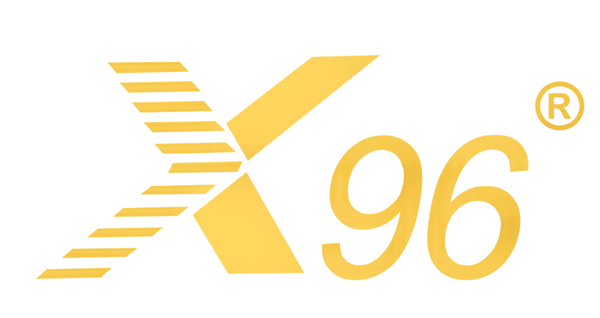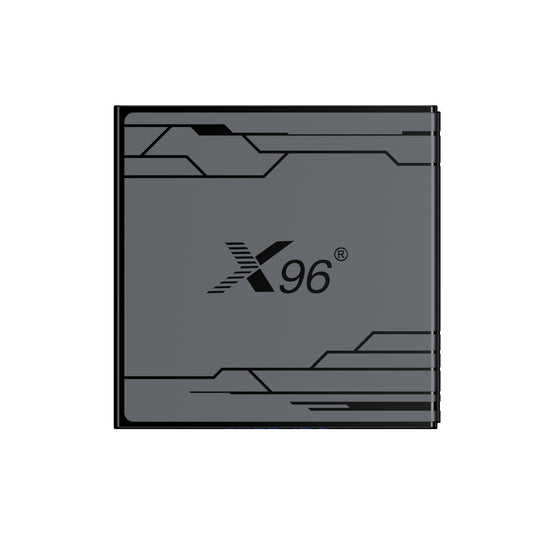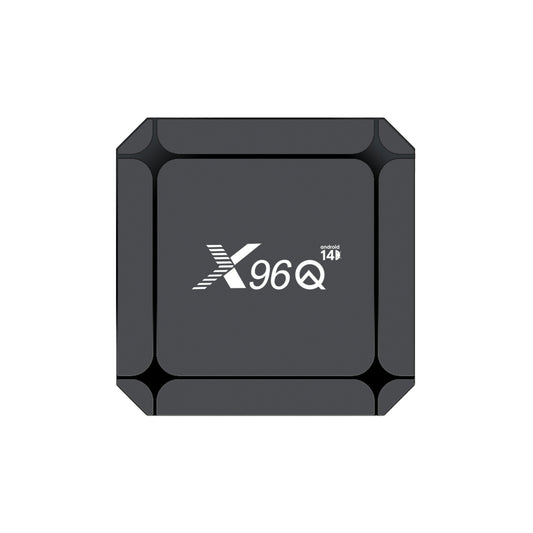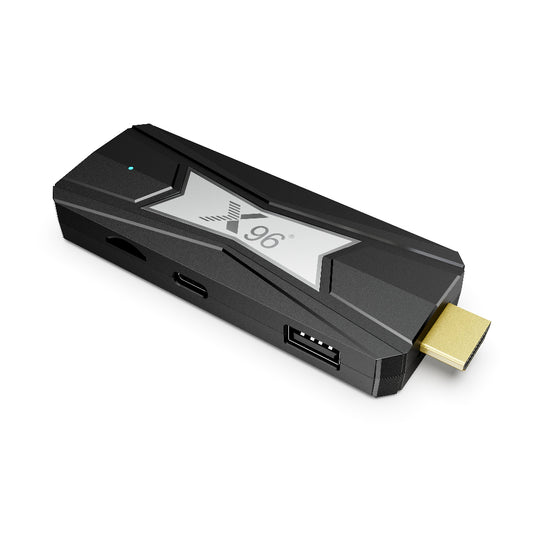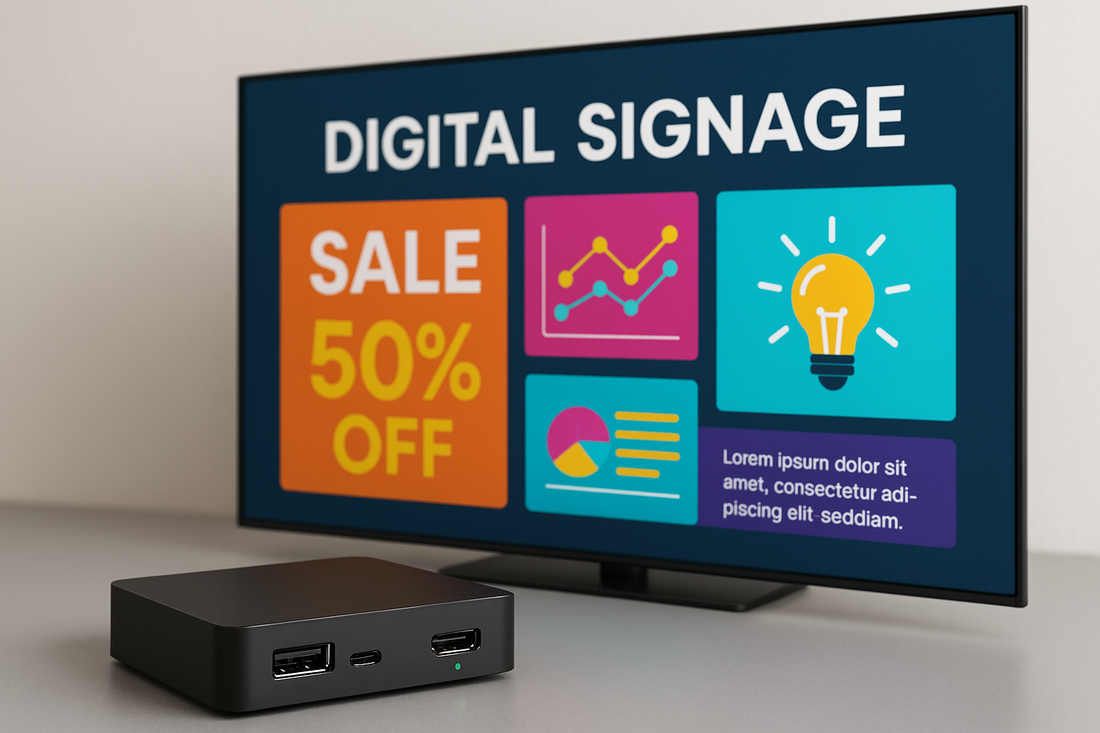
Digital Signage Player For TV
Digital Signage Player For TV is the indispensable core that transforms an ordinary television into a dynamic, intelligent communication tool. It is the dedicated engine behind the screen, powering everything from sleek promotional videos to critical real-time information displays. But what truly makes a signage player the right fit for your TV?
This essential guide delves into the world of Digital Signage Players for TV, starting from the critical foundation of internal chip selection** that dictates performance. We will unpack the must-have features that ensure reliability and ease of use, and explore the versatile application scenarios where a dedicated digital signage box for TV delivers maximum impact and return on investment. Understanding this pivotal component is the first step to unlocking the full potential of your visual communication strategy.
1. What's Digital Signage Player
A digital signage player is a small, dedicated hardware device or software program. Its core function is to decode and display digital media content (videos, images, text, websites) on one or more external screens or TVs.
It is typically connected to a screen via an HDMI cable and managed remotely over a network. Its sole purpose is to reliably play scheduled content 24/7 for purposes like advertising, information, or menus.
2. Digital Signage Player For TV
A Digital Signage Player for TV is a hardware device (or software) that connects to a television or large display screen. Its primary function is to retrieve, decode, and play scheduled digital content (videos, images, messages, web pages, etc.) on that screen.
Typical Usage Process:
Connection: The physical player (a small box or stick) is connected to the TV's HDMI port and powered on. It connects to the internet via Wi-Fi or Ethernet.
Content Management: An user creates and schedules a playlist of content (ads, menus, announcements) using specialized cloud-based software on their computer or smartphone.
Content Delivery: The content playlist is sent from the cloud software over the internet to the digital signage player.
Playback: The player receives the instructions and displays the content on the TV screen exactly as scheduled, 24/7 without needing a dedicated computer.
3. Digital Signage Players for TV in Chip Selection (Amlogic/Allwinner/Rockchip)
Amlogic: Mid-to-High-End Performance
Core Strengths: Excellent 4K/8K HDR video decoding, 24/7 stable operation, broad OS (Android/Linux) and software compatibility. High-end models (e.g., S922X) have NPU for AI tasks (audience counting).
Limitations: Higher cost and power consumption vs. entry-level chips.
Ideal Use Cases: 4K HDR ads, interactive signage, multi-screen walls, smart signage with AI.
Allwinner: Budget-Friendly Entry/Mid-Range
Core Strengths: Cost-effective, low power consumption, sufficient for 1080p/4K basic playback.
Limitations: Less stable for long-term high-load use; high-end features (HDR, AI) lag behind.
Ideal Use Cases: Basic 1080p info displays (e.g., lobbies, small retail), budget-focused single-screen signage.
Rockchip: Balanced Mid-Range Option
Core Strengths: Balanced performance-cost ratio; good compatibility with signage peripherals (touchscreens, sensors); stable for 4K basic playback.
Limitations: No standout advantages (e.g., weaker AI than Amlogic, less cheap than Allwinner).
Ideal Use Cases: Standard 4K signage, corporate info screens, scenarios needing peripheral integration without high AI demands.
4. Features of Digital Signage Players for TV
- Support 4G Sim Card Ability to achieve remote networking and data transmission
- Achieve the unification of management, content, time, and flexible timeliness
- 4K/8K high-resolution playback Touch screen and Screen rotation adaptation
- Multi-language support Energy-saving and efficient
- Use API interface to support RTC timer switch Ability to set up play schedules
- Support RT45 positioning (real-time location and status of advertising machine) and WIFI positioning
- Support multimedia formats such as video, picture and audio
- HDMI, USB, VGA and other interface options
- Remote management , including silent installation (automatically installing applications without user intervention).
- Ability to install and run APK files. Stable and simple operating system
5. Digital Signage Player for TV In Different Application Scenarios
1. Digital Signage Player for Retail Scenarios (Supermarkets, Brand Stores, Shopping Malls)
Core Needs:
Display promotions, new product introductions, and price tags (requiring high-frequency updates);
Support interactive queries (e.g., product details, inventory) in some areas;
Adapt to TVs of various sizes (from small shelf screens to large atrium displays).
Signage Box Configuration Key Points
Performance: Entry-mid range: Allwinner H616 (1080p promotional posters); Mid-high range: Amlogic S905X4 (4K product videos, dynamic effects);
Functions: Support Wi-Fi/4G connectivity (for remote batch content updates); Interactive areas need USB/HDMI ports to adapt to touchscreens;
Stability: Meet 12-16 hours of continuous operation (retail business hours).
2. Food & Beverage Scenarios (Chain Restaurants, Cafés, Fast-Food Outlets)
Core Needs:
Display digital menus (needing quick switches between breakfast/lunch/dinner shifts);
Synchronously show queue calling and meal pickup reminders;
Lightweight style, adapting to small-sized TVs (32-55 inches) in restaurants.
Signage Box Configuration Key Points
Performance: Entry-level Rockchip RK3328 or Allwinner H3 (static menus + simple animations) suffice;
Functions: Support quick local USB drive updates (for emergencies without network); Compatible with queue system interfaces (e.g., connecting to number callers);
Power Consumption: Prioritize low-power models (to save energy in concentrated electricity usage scenarios).
3. Office/Corporate Scenarios (Company Lobbies, Elevators, Meeting Room Entrances)
Core Needs:
Display corporate promotional videos, internal notices, and employee highlights (stable content, low update frequency);
Show reservation status and meeting topics at meeting room entrances;
Integrate with corporate IT systems (e.g., connecting to OA software).
Signage Box Configuration Key Points
Performance: Mid-high range: Amlogic S905D4 (4K corporate videos); Basic notifications: Rockchip RK3288;
Functions: Support wired Ethernet (more stable than Wi-Fi, adapting to corporate intranets); Compatible with Linux/Windows systems (easy to connect to OA);
Management: Support hierarchical permissions (admin department manages uniformly, departments update sub-screens independently).
4. Transport Hubs (Airports, High-Speed Rail Stations, Subway Stations, Bus Stops)
Core Needs
Display real-time schedule information, delay notifications, and navigation guidance (requiring millisecond-level data synchronization);
Operate 24/7 with resistance to high loads and interference;
Adapt to outdoor/semi-outdoor TVs (needing high temperature resistance and dustproofing).
Signage Box Configuration Key Points
Performance: Must choose Amlogic S922X (high stability, supporting multi-task synchronous display of schedules + ads);
Functions: Dual-network backup (Ethernet + 4G) to avoid information interruption due to network outages; Support high-brightness output (adapting to outdoor TV backlight adjustment);
Protection: Select industrial-grade casings (dustproof and anti-electromagnetic interference).
5. Medical Scenarios (Hospital Lobbies, Department Waiting Areas, Pharmacies)
Core Needs
Display waiting room number calling, doctor schedule information, and medical process guidance (highly authoritative information, no omissions allowed);
Quiet environment requires low-noise equipment;
Adapt to large-sized TVs in waiting areas (for easy long-distance viewing).
Signage Box Configuration Key Points
Performance: Rockchip RK3399 or Amlogic A311D (stable operation of calling systems, supporting multi-area split-screen display);
Functions: Support connection to hospital HIS/LIS systems (automatically synchronize medical data); Fanless design (low noise);
Reliability: With automatic fault restart function (to avoid information interruption).
6. Hotel Scenarios (Lobbies, Elevators, Guest Room Floors)
Core Needs
Display hotel services (e.g., breakfast time, SPA promotions) and local travel guides;
Low power consumption required for nighttime operation;
Style matches hotel decoration, with simple device appearance.
Signage Box Configuration Key Points
Performance: Entry-level Allwinner H6 (static graphics + short videos) suffices;
Functions: Support scheduled on/off (e.g., running 7 AM-10 PM to save energy); Wi-Fi connectivity (front desk updates remotely);
Appearance: Choose miniaturized, simple black/silver casings (for hidden installation).
6. Conclusion
This blog offers a structured exploration of TV-oriented digital signage players, starting with their core identity: the "brain" of digital signage systems, responsible for decoding, managing, and delivering dynamic content to displays.
It then zeroes in on players designed for TVs, highlighting their role in converting standard TVs into functional signage via HDMI or similar connections, leveraging TVs’ display capabilities for cost-effective deployment.
A critical segment compares three leading chips: Amlogic (mid-to-high-end, 4K/HDR, 24/7 stability), Allwinner (budget-friendly, basic playback, low power), and Rockchip (balanced performance-per-cost, strong peripheral compatibility).
Essential features of these TV-focused players are outlined too, including multi-format 4K/HDR decoding, flexible connectivity (Wi-Fi/4G/Ethernet), remote content management, reliable continuous operation, and integration with peripherals/systems.
Finally, it ties hardware to real-world use, mapping players to scenarios like retail (interactivity, frequent updates), F&B (menu shifts), corporate (internal comms), transport hubs (24/7 real-time data), healthcare (quiet, system-linked), and hotels (energy efficiency)—emphasizing that optimal selection depends on aligning chip power, features, and performance with specific scene demands.
Finally
When procuring digital signage players for TVs, the right partner matters as much as the hardware itself—and X96 Digital Signage Player is your trusted choice.
🎉🎉With 14 years of focused experience in digital signage, we bring deep insights into retail, healthcare, transport, corporate, and other key sectors, delivering solutions tailored to your exact use case rather than off-the-shelf products. Our standout strength lies in end-to-end customization covering both hardware and software. For hardware, we tailor configurations to your needs: select optimal Amlogic/Allwinner/Rockchip chips, adjust ports (USB, HDMI, Ethernet), optimize power consumption, or design compact form factors for space-constrained setups. For software, we integrate with your existing POS, HIS, or OA systems, build branded UIs, enable cloud-based remote management, or add specialized features like scheduled content switching.
With X96, you get more than a player—you get a tailored solution backed by 14 years of expertise, perfectly aligned with your TV integration, content, and business goals.
Learn More Now : https://x96mini.com/collections/digital-signage-player
